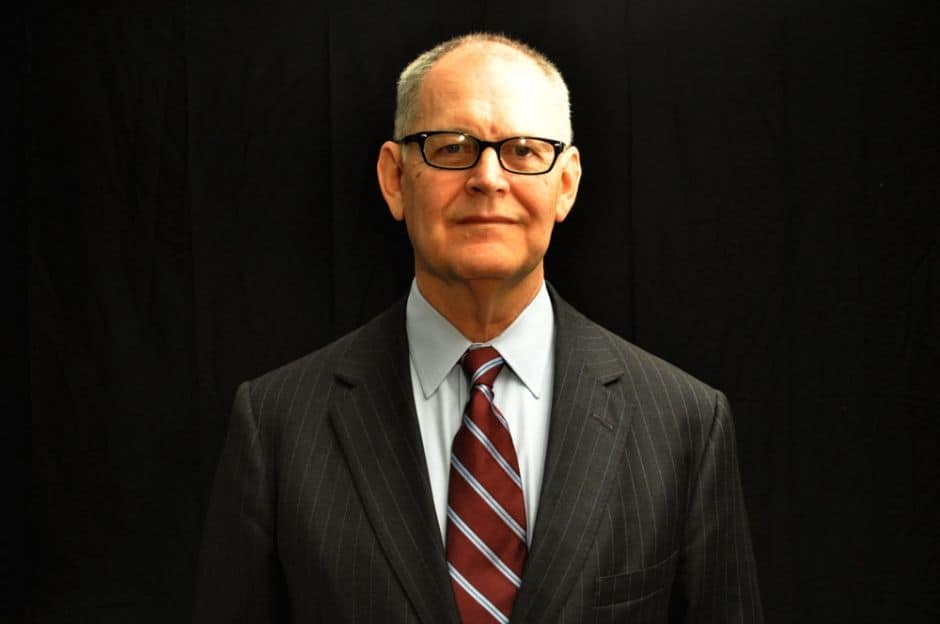Introduction

A year-long investigation by the Center for Public Integrity has revealed that health insurers may have fleeced taxpayers out of $70 billion in just five years.
You would think members of Congress in both parties would be so outraged they’d be launching their own investigation and railing against the “fraud and abuse” they decry on the campaign trail.
But I’m not holding out much hope. That’s because I know just how powerful and influential the health insurance industry is and how its lobbyists almost always get what they want out of Congress and the White House, regardless of who is sitting in the Oval Office.
The Center’s Medicare Advantage Money Grab investigation, led by veteran reporter Fred Schulte, found that:
- Federal officials made nearly $70 billion in “improper” payments to Medicare Advantage plans from 2008 to 2013, mostly overbillings, by manipulating or misusing a Medicare payment tool called a “risk score.”
- From 2007 through 2011, Medicare Advantage risk scores rose more than twice as fast as the average for people in standard Medicare in more than 500 counties nationwide;
- Federal health officials have long kept key financial records of Medicare Advantage plans in a “black box,” inaccessible to the public and press;
- Medicare Advantage health plans collect billions of dollars from controversial “house calls” that industry officials say help improve care but which critics argue inflate costs needlessly;
The findings did not come as a shock to me. During my two decades in the industry, at both Humana and Cigna, I came to understand just how much of a cash cow the Medicare Advantage program has become to insurers participating in the program. Wall Street financial analysts devote considerable attention to determining how much insurers’ Medicare Advantage business contributes to their bottom lines and how much of the money they take in from the government is actually paid out in medical claims. The less they spend on medical care, the better, from Wall Street’s perspective.
This is a huge business, and it’s growing rapidly. This year alone, the government is expected to pay private insurers $150 billion to cover about 16 million Medicare beneficiaries. Almost one of every three Medicare enrollees now belongs to a privately operated Medicare Advantage plan.
Because the business is so profitable, insurers spend millions of dollars on lobbying, advertising, PR and “grassroots” political activities to keep the money flowing unimpeded.
It’s not been a secret that the government has been overpaying the private insurers. The Congressional Budget Office has provided lawmakers with estimates of the overpayments a number of times in the past. One health policy expert testified that the extra payments to Medicare Advantage plans averaged 13 percent — or $1,100 per enrollee — in 2009 alone. In an effort to fix the problem, lawmakers included a provision in the Affordable Care Act to reduce the overpayments by several billion dollars over the next several years.
That prompted the industry to launch an intensive campaign to try to forestall those reductions. Having served on the strategic communications committee of America’s Health Insurance Plans, I can imagine how sophisticated and multi-pronged the industry’s campaign really is.
As I noted last January, AHIP formed a front group call the Coalition for Medicare Choices to intimidate lawmakers by posting ads on Washington buses and subway trains and on TV stations serving the area. The ads, which were part of a seven-figure campaign, warned that seniors would face higher costs, fewer benefits and a loss of provider choice if Congress and the Obama administration didn’t act to keep plan rate cuts from going into effect.
In a POLITICO story at the time, an industry source was quoted as saying that, “If CMS (the Centers for Medicare and Medicaid Services) doesn’t keep Medicare Advantage payment rates flat next year, it is going to create a huge political problem for members of Congress this fall when they have to face millions of angry seniors who just found out they are losing benefits and choices they were promised they could keep.”
The industry has played the intimidation card many times over the years, and members of Congress, Democrats as well as Republicans, know it. When I was an industry executive, we used to joke about the “granny fly-ins” — all expenses-paid trips for hundreds of seniors to D.C. for a day of lobbying — coordinated by AHIP.
Even Charles Schumer of New York, who chaired the Democratic Senatorial Campaign Committee from 2005-2009 and is the third ranking Democrat in the Senate, has become a champion of the Medicare Advantage program. Schumer was among 40 members of Congress who signed a letter to CMS supporting the insurers’ cause earlier this year. Schumer and his colleagues wrote that seniors who join the plans “enjoy better health outcomes and receive higher quality care than their counterparts in the Medicare fee-for-service program.”
The effort paid off. Health plan executives and financial analysts were happy that the relatively minor reductions were “not material to earnings,” to use Wall Street jargon.
Read more in Health
Wendell Potter commentary
Attack ads may actually be benefiting Obamacare enrollment
Commentary: positive or negative, publicity seems to be increasing awareness
Wendell Potter commentary
Praise for UK-style health system vindicates spurned nominee
Former Medicare-Medicaid chief fan of single-payer option

Join the conversation
Show Comments